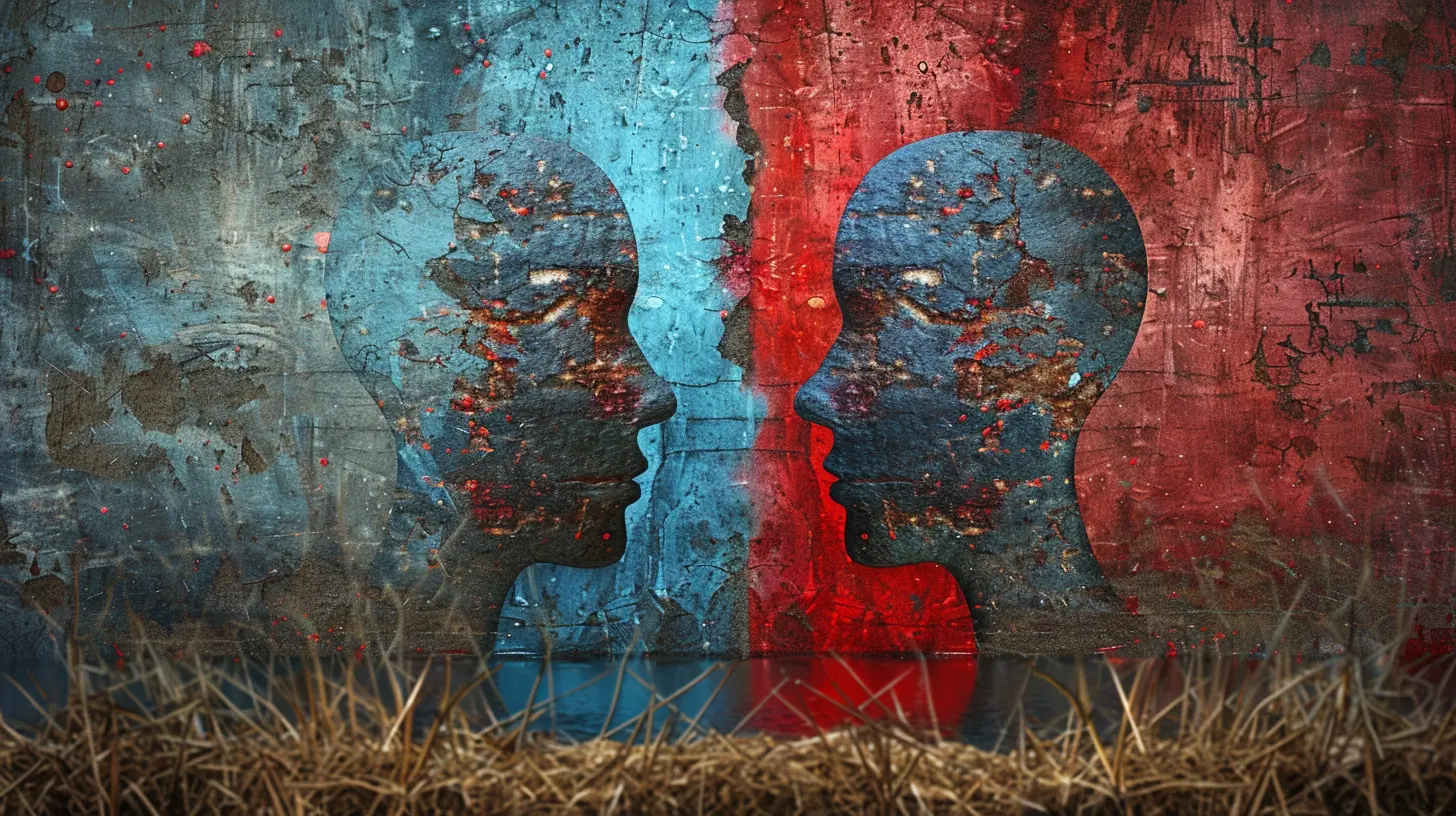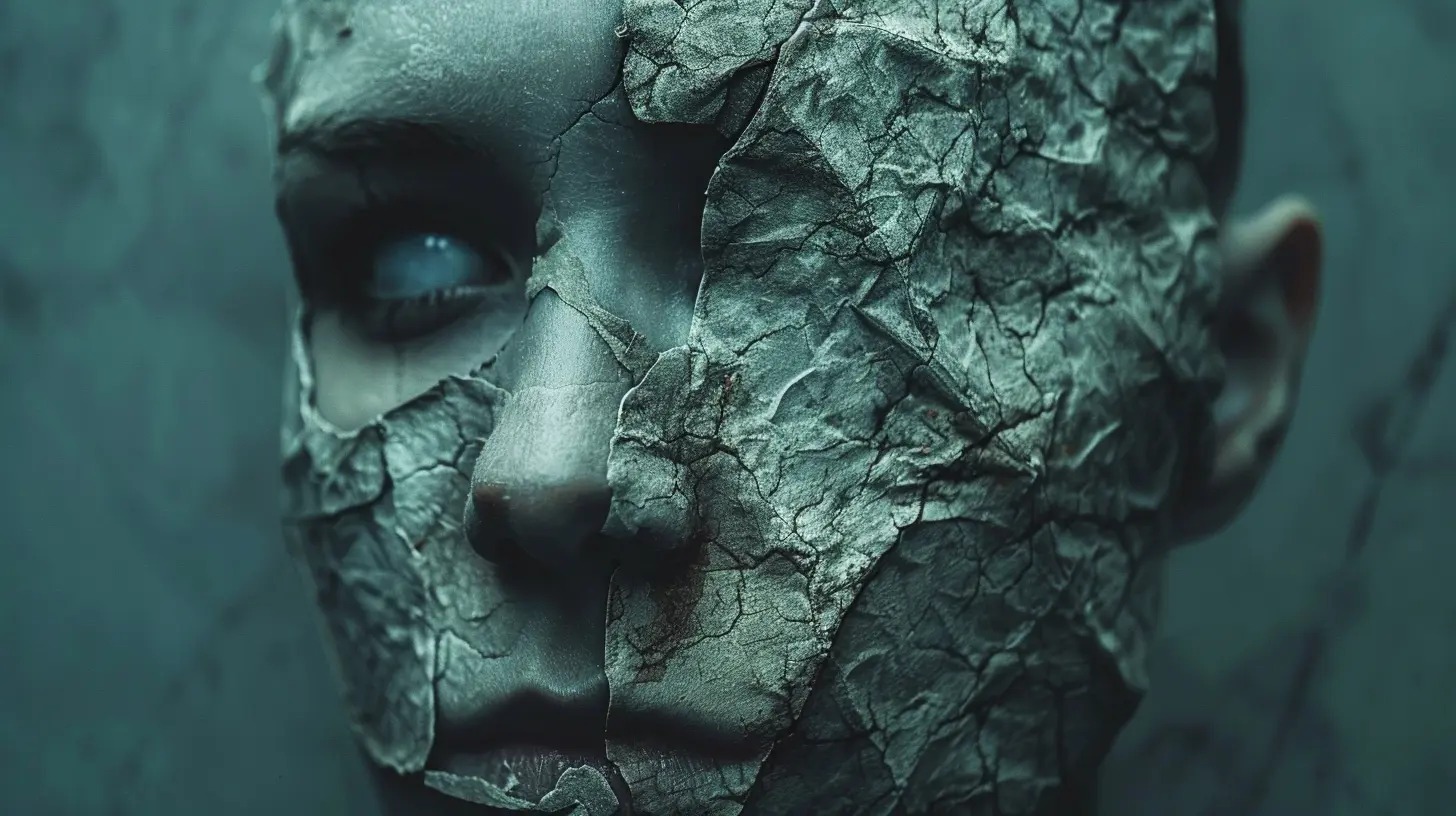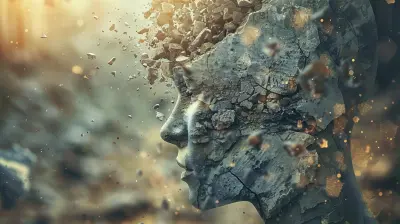The Role of Guilt and Shame in Psychoanalytic Theory
11 June 2025
Guilt and shame — we’ve all felt them. Sometimes they sneak in after we mess up at work, snap at someone we love, or remember something awkward from years ago. These emotions can be heavy, sticky, and downright consuming. But here’s the thing: in psychoanalytic theory, they’re not just emotional baggage. They actually play a pretty big role in shaping who we are and how we behave.
Let’s dive deep into the world of psychoanalysis and unpack what guilt and shame really mean from a psychological perspective. Grab a cup of coffee (or something stronger), and let’s get into it.
What Is Psychoanalytic Theory Anyway?
Before we tackle guilt and shame, we’ve got to get our heads around psychoanalytic theory.Psychoanalytic theory was born from the mind of Sigmund Freud — the father of modern psychology. It's basically the OG blueprint for understanding the unconscious mind. Freud believed that many of our behaviors are driven by thoughts and feelings we’re not even fully aware of. These unconscious drivers often stem from early childhood experiences.
According to Freud and other psychoanalysts, the human psyche consists of three main parts:
- Id – the primitive, instinctual part that seeks pleasure.
- Ego – the rational part that mediates between the id and reality.
- Superego – our moral compass, internalized from parents and society.
Now here’s where things get juicy — guilt and shame are closely tied to the superego. This inner judge keeps us in line but can also be a brutal critic.
Guilt and Shame: Not Just Fancy Words
Let’s clear one thing up right away: guilt and shame are not the same.Guilt: “I Did Something Bad”
Guilt is what you feel when you think you’ve done something wrong. Forgot your friend’s birthday? Lied to your boss? Said something you regret? That knot in your stomach... that’s guilt.Guilt often drives us to make things right. Say sorry. Fix our mistakes. In many ways, it can be a positive, corrective force. It says, “Hey, you messed up, but you can do better.”
Shame: “I Am Bad”
Now shame — shame cuts deeper. Shame doesn’t just say “I did something wrong.” It screams, “I am wrong.”Shame attacks the self. It’s internalized. And that makes it dangerous. People who carry a lot of shame often struggle with self-worth, depression, and anxiety. While guilt motivates action, shame can lead to isolation or even self-destruction.
Both emotions serve a purpose, but they play very different roles in psychoanalytic theory.
Freud’s Take on Guilt and Shame
Freud had a lot to say about guilt. In his view, guilt is largely the result of conflict between the ego and the superego. Basically, when your ego (you) does something your superego (your inner critic) disapproves of, guilt comes knocking.Freud believed that guilt is an inevitable part of being human. Why? Because we’re constantly navigating between our raw desires (id), our conscience (superego), and the real world (ego). It’s a constant battle.
But what about shame? Interestingly, Freud didn’t focus as much on shame. That doesn’t mean it’s not important in psychoanalysis. Later theorists picked up where Freud left off.
Enter Erik Erikson and Object Relations Theorists
Erik Erikson — one of Freud’s followers — expanded on the emotional development of individuals. He emphasized how shame plays a big role during early childhood stages, especially when kids are just learning about autonomy and social boundaries.Other psychoanalysts, like Melanie Klein and Donald Winnicott, also explored the impact of shame and guilt in relation to early object relationships (basically how we connect emotionally with others, starting with caregivers).
For example, according to object relations theory, feeling guilt can be a sign that the child is developing empathy and concern for others. In contrast, deep shame may arise when the child feels they are unworthy of love — a belief that can persist into adulthood.
Unconscious Guilt: The Silent Saboteur
Let’s talk about the kind of guilt you don’t even realize you’re carrying — unconscious guilt.Freud believed that unconscious guilt could be the root of many neuroses. You might be punishing yourself for something you’re not even consciously aware of. Sounds wild, right?
This kind of guilt can manifest in all sorts of ways:
- Self-sabotage
- Chronic anxiety
- Perfectionism
- Feeling like you don’t deserve good things
Unconscious guilt is like a ghost in the machine. You can’t see it, but it can mess with everything — your relationships, career, even your health.
That’s why in psychoanalysis, bringing this guilt into awareness is a major goal. Once you realize what’s going on under the hood, you can start to work through it.
Shame-Proneness vs. Guilt-Proneness
Psychologists often talk about people as being more "shame-prone" or "guilt-prone." These tendencies go way back, often forming in early childhood.- Guilt-prone individuals usually have a strong moral compass and care deeply about others. They tend to take responsibility for their actions and strive to make amends.
- Shame-prone individuals often feel inadequate at their core. Instead of thinking, “I made a mistake,” they think, “I am a mistake.”
Psychoanalytic theory suggests that these patterns are rooted in early relational experiences. If a child is constantly criticized or made to feel unwanted, they might internalize those feelings and become more prone to shame.
On the other hand, if caregivers help the child understand mistakes without attacking their character, that child is more likely to be guilt-prone — and that’s usually a healthier emotional path.
Defense Mechanisms: How We Cope With Guilt and Shame
When guilt or shame gets too intense, we find creative (and often unconscious) ways to deal with it. These are called defense mechanisms. Freud loved talking about these.Here are a few you might recognize:
- Repression – Burying the emotion deep down.
- Projection – Blaming others for your own feelings.
- Denial – Refusing to accept what’s happening.
- Rationalization – Making excuses for poor behavior.
Sometimes these defenses help us cope. But over time, they can also prevent us from facing the truth and growing as individuals. That’s where therapy — especially psychoanalytic or psychodynamic therapy — can make a massive difference.
The Therapeutic Role of Guilt and Shame
You might be thinking, “Why would we want to feel guilt or shame at all?” The truth is, these feelings can actually lead to healing and transformation — when handled properly.In therapy, especially those based on psychoanalytic principles, the goal is not to get rid of guilt or shame. Instead, it’s to understand them.
A psychotherapist might help a person:
- Trace the origins of their guilt or shame.
- Distinguish between “real” guilt (for harmful actions) and “false” guilt (from unmet expectations or toxic family dynamics).
- Build self-compassion and rewrite the inner narrative.
It’s like peeling an onion. Layer by layer, you uncover what these feelings are really about. And often, underneath the shame is a yearning for connection, love, and acceptance.
Guilt, Shame, and Society
Let’s zoom out for a second. Guilt and shame aren’t just personal — they’re cultural, too.Different societies handle these emotions in very different ways. Western cultures, for example, often focus more on guilt — individual responsibility, making amends, and the legal system.
In contrast, many Eastern or collectivist cultures emphasize shame — keeping face, honoring the group, and maintaining harmony. Psychoanalysts are increasingly recognizing how culture shapes our emotional experiences and how we process guilt and shame.
Understanding this cultural lens is crucial, especially in therapy. What feels like crippling shame in one context might be seen as a normal moral compass in another.
Final Thoughts: Why This All Matters
Here’s the bottom line — guilt and shame are more than just feelings. They’re core parts of our psychological makeup. Sometimes they serve us, sometimes they mess us up, but either way, they deserve our attention.Psychoanalytic theory gives us a rich, layered understanding of where these emotions come from and how they shape our behavior. It helps us see that beneath our guilt is often a desire to be better, and beneath our shame is a deep longing to be seen and accepted just as we are.
So the next time you're feeling guilt or shame, instead of brushing it off or drowning in it, try asking yourself: “Where is this coming from? And what is it trying to tell me?”
You just might find the answer is more profound than you think.
all images in this post were generated using AI tools
Category:
PsychoanalysisAuthor:

Jenna Richardson
Discussion
rate this article
2 comments
Bradley Yates
This article expertly illuminates the complex interplay between guilt and shame within psychoanalytic theory. By delving into their psychological implications, it underscores the necessity of addressing these emotions for personal growth. Understanding their roles is essential for effective therapy and fostering emotional resilience. Great insights!
June 15, 2025 at 4:04 AM

Jenna Richardson
Thank you for your thoughtful insights! I'm glad you found the exploration of guilt and shame's roles in psychoanalytic theory valuable for personal growth and therapy.
Aisha James
This article beautifully illuminates how guilt and shame shape our psyche. Understanding these emotions can lead to deeper self-awareness and healing, fostering a path towards personal growth and transformation. Thank you for sharing!
June 11, 2025 at 4:11 PM

Jenna Richardson
Thank you for your insightful comment! I'm glad you found the exploration of guilt and shame helpful for self-awareness and growth.


